Copenhagen is really making its mark in the fast-paced world of fashion, acting as a true trendsetter. You can see this influence on full display at major events like CIFF (Copenhagen International Fashion Fair) and Mandatory CPH 2025.
These big trade shows, which took place from August 5th to 7th, were more than just a sneak peek at upcoming styles. They showcased how ethical values, modern looks, and creative designs are coming together to shape the future of fashion globally.
Whether you’re a fashion buyer looking for the next big thing, an editor tracking trends, a sustainability advocate, or just someone curious about what will define style for 2026 and beyond, these events offered an incredible window into some of the year’s most influential happenings.
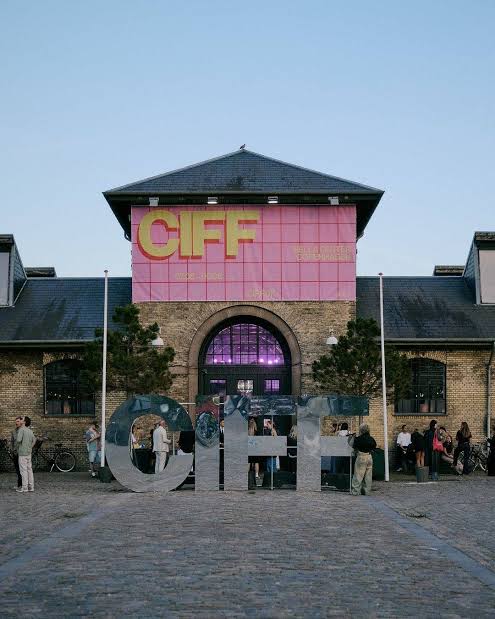
Photo credit: South China Morning Post
What Are CIFF and Mandatory CPH?
At its heart, CIFF is more than just another trade show. Since it first began in 1993, it’s grown into the biggest and most well-known fashion marketplace in Northern Europe.
Think of it as a place where fashion’s past, present, and future all meet, all under the same commitment to sustainability. Held at Bella Center Copenhagen, CIFF brings together designers, buyers, retailers, and fashion innovators from all over the globe.
Mandatory CPH, the newer and more specialized sibling event, acts as a carefully curated space for collections that are experimental and forward-thinking.
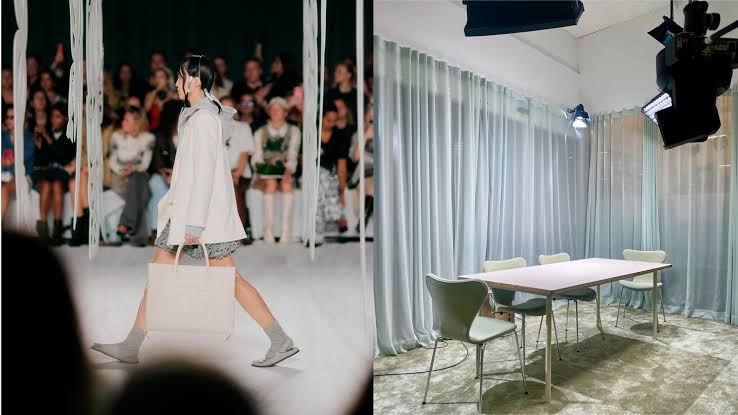
Photo credit: The Business of Fashion
It’s the place where bold, boundary-pushing labels often get discovered and where new trends in the industry really start to take shape.
This year, seeing the big commercial scale of CIFF working alongside the creative freedom of Mandatory created a really rich, multi-layered fashion experience unlike anything else.
Together, these two events really are the beating heart of Copenhagen Fashion Week—a massive citywide celebration of fashion, culture, and innovation, with sustainability right at its core.
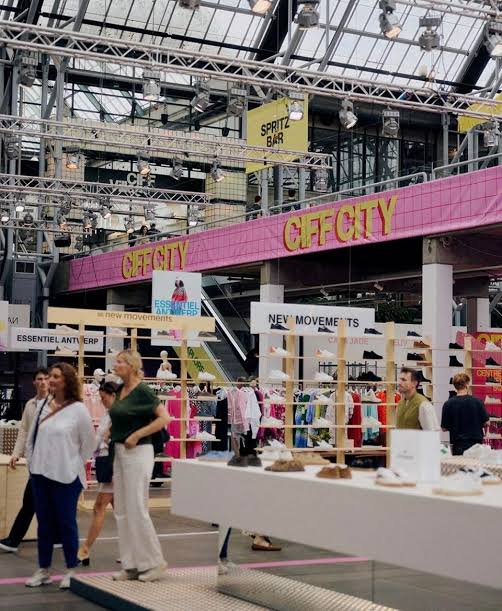
Photo credit: Forbes
Key Highlights from CIFF & Mandatory CPH 2025
 Sustainability Took Center Stage
Sustainability Took Center Stage
At CIFF & Mandatory CPH 2025, sustainability wasn’t just a section; it was the whole point. You could feel it everywhere, from the runways to the booths and installations. Brands weren’t just talking about how sustainable they were; they were really showing how they’re changing the game.
The Danish label Forét really caught the eye with their outerwear made from biodegradable materials, taking the conversation about sustainability beyond just recycled goods and into fully regenerative production cycles.
Meanwhile, the Swedish denim powerhouse Nudie Jeans kept pushing the repair culture forward by introducing a “lifetime mending service” for their clothes.
And it wasn’t just about materials; textile innovation was huge too. Things like Myco-tex (leather made from mushrooms), dye-free fiber blends, and waterless denim finishing tech were getting a lot of attention—not just because they’re eco-friendly, but because they’re beautiful.
As one buyer put it, “This isn’t about eco-trends anymore. It’s just the new standard.”
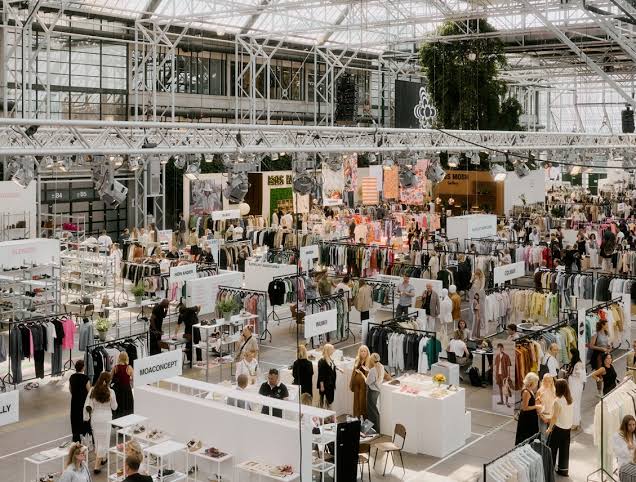
Photo credit: Drapers
 Cultural & Gender Fluidity Reigned Supreme
Cultural & Gender Fluidity Reigned Supreme
Fashion feels more flexible than ever, and this year’s runway shows really embraced identity in a big way, with no boundaries in sight.
For example, Holzweiler showcased gender-neutral designs that drew inspiration from Sami Indigenous culture and the clean lines of Arctic minimalism.
Their unisex coats, rich with folkloric symbols, told a beautiful story about the land, the weather, and the connections between people.
Meanwhile, A.A.K.S, a brand with roots in both Ghana and Scandinavia, brought some Afro-futurist flair to the scene.
They cleverly mixed time-honored weaving methods with contemporary shapes, highlighting a mix of cultural roots and innovative fashion ideas.
It’s clear that inclusivity wasn’t just something to check off a list; it was the real driving force behind all these collections.
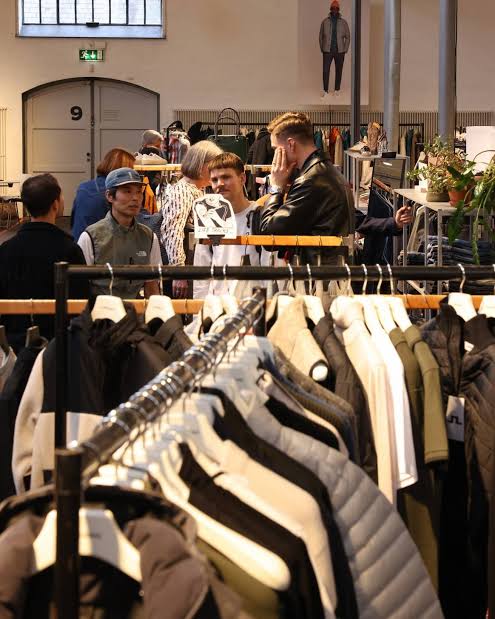
Photo credit: Fashion United
 Tech Meets Textiles
Tech Meets Textiles
Fashion’s digital revolution really took center stage at Mandatory CPH’s innovation lounge. There, Swedish startup Reflective Code unveiled clothing embedded with augmented reality (AR) capabilities.
Attendees were able to use their phones to scan the garments, unlocking immersive digital stories. These included details about the garment’s supply chain and even a virtual “moodboard” showing the designer’s creative inspiration.
Other notable tech trends on display included:
3D-knitted garments created on the spot
Smart labels that use blockchain technology to verify authenticity
Digital replicas of physical outfits designed for the metaverse
It’s clear that the boundary between fashion and technology is quickly fading, and Copenhagen is right at the forefront of this exciting blend.

Photo credit: Forbes
The Scandinavian Influence: Minimalism Meets Meaning
Scandinavian design has always had a certain understated elegance—think clean lines, subtle colors, and functional beauty. But for 2025, there’s a growing focus on purposeful minimalism.
Every garment seemed to whisper: “Less, but better.”
Designers really focused on creating fewer items but making sure each one was high-quality, favoring meaningful stories over just flashy looks. From zero-waste dresses to wool blazers colored locally, every piece carried a particular philosophy.
The idea of circular design—making clothes that can be easily taken apart and recycled—has become standard practice, not something unusual anymore. Scandinavia isn’t just changing how people dress worldwide; it’s also reshaping the reasons behind our fashion choices.
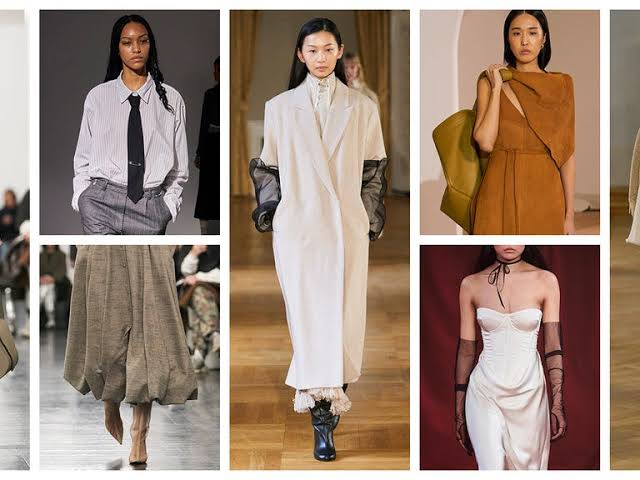
Photo credit: ELLE
Street Style: Where Personal Meets Political
If the runways are where designers do the talking, then the streets of Copenhagen are where the fashion fans respond—and this year, their message was loud, clear, and wonderfully layered.
The standout street-style trend this season? It was all about “lace with grit.” Picture delicate white lace peeking out from under oversized trench coats, or paired up with shiny patent boots and some edgy spiked jewelry. It was like Victorian romance meeting punk rebellion—feeling both feminine and fiercely ready for a change.
Other things people were definitely rocking:
Sculptural bags made from recycled rubber
Wide-leg tailored trousers in bold, citrusy colors
Vintage layering with a cool, “found-object” vibe
Handmade accessories featuring protest slogans and cultural patterns
It really felt like fashion wasn’t just about taste this time around; it was about making a statement based on values too.
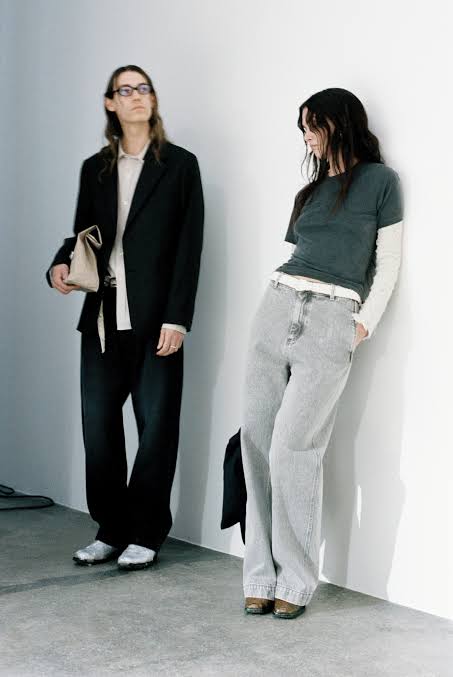
Photo credit: jnc-net.de
Why CIFF & Mandatory CPH Matter More Than Ever
In a world where more and more people are getting fed up with fast fashion, events like CIFF and Mandatory CPH feel more than just necessary – they’re actually quite radical.
What they offer is pretty important:
They give emerging designers, especially those focused on sustainability, a chance to be seen.
They provide a platform for indigenous and underrepresented voices to be heard.
They showcase different ways of doing business that value collaboration over cut-throat competition.
As the fashion industry really starts to grapple with its environmental and ethical duties, these trade fairs are stepping up in ways that many big retail companies are still hesitating to do: they’re putting people and the planet ahead of pure profit.
And with the European Union cracking down on misleading green claims and textile waste, these events offer a glimpse into how creativity can help brands meet those new standards.
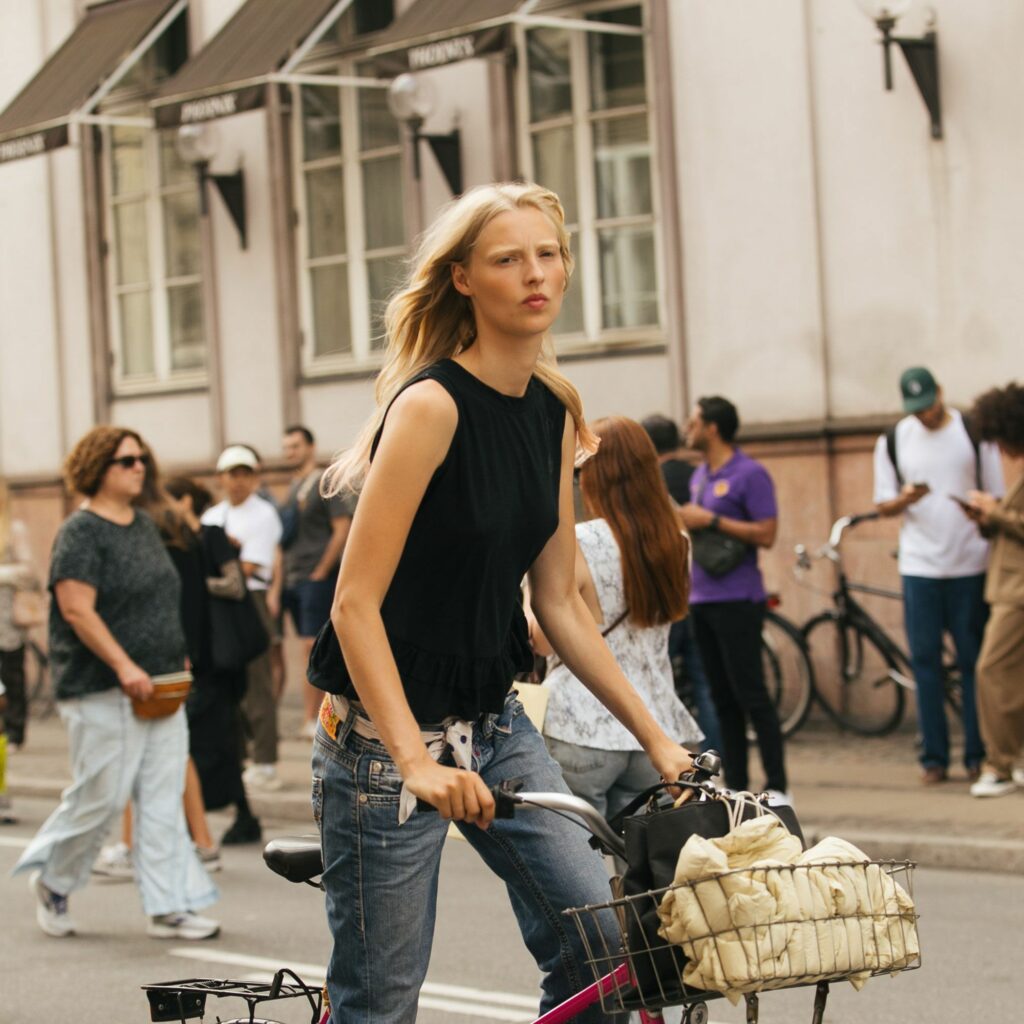
Photo credit: Vogue Business
Final Thoughts: A Glimpse Into Fashion’s Future
What we saw in Copenhagen wasn’t just about clothes—it was like a moving statement, a real-life declaration.
From fashion systems that are kind to the planet to collections boosted by augmented reality, and from designs that break gender norms to production methods that are incredibly local, CIFF & Mandatory CPH 2025 gave us a clear picture of what fashion could look like in the future.
And, most importantly, they didn’t just follow the latest industry trends—they completely changed how we should think about fashion. It’s not just about buying things or wearing costumes anymore; it’s becoming a powerful force in culture, ethics, and protecting our environment.
So, if you’re wondering where fashion is heading in 2026 and beyond, the message is clear:
To understand the future of fashion, you absolutely need to keep your eye on Copenhagen.
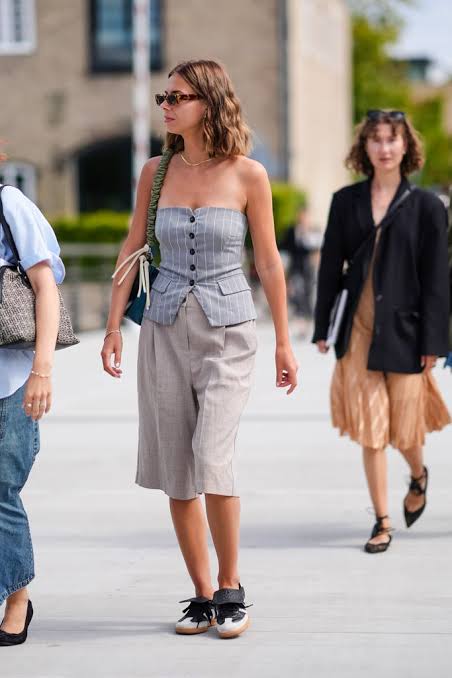
Photo credit: HELLO! Magazine


Top Trending Men’s and Women’s Hairstyles for 2025: Must-Know Looks
Recommend0 recommendationsPublished in apparel, Bridal, celebrity fashion, Our Fashion Passion, Petite, Plus Size, Pop Fashion, street style, Uncategorized
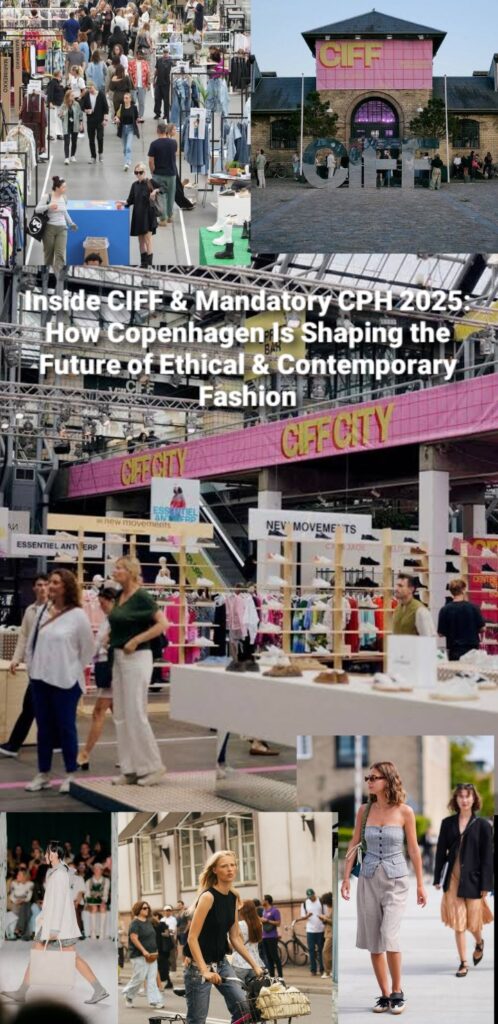


 Sustainability Took Center Stage
Sustainability Took Center Stage
 Cultural & Gender Fluidity Reigned Supreme
Cultural & Gender Fluidity Reigned Supreme






